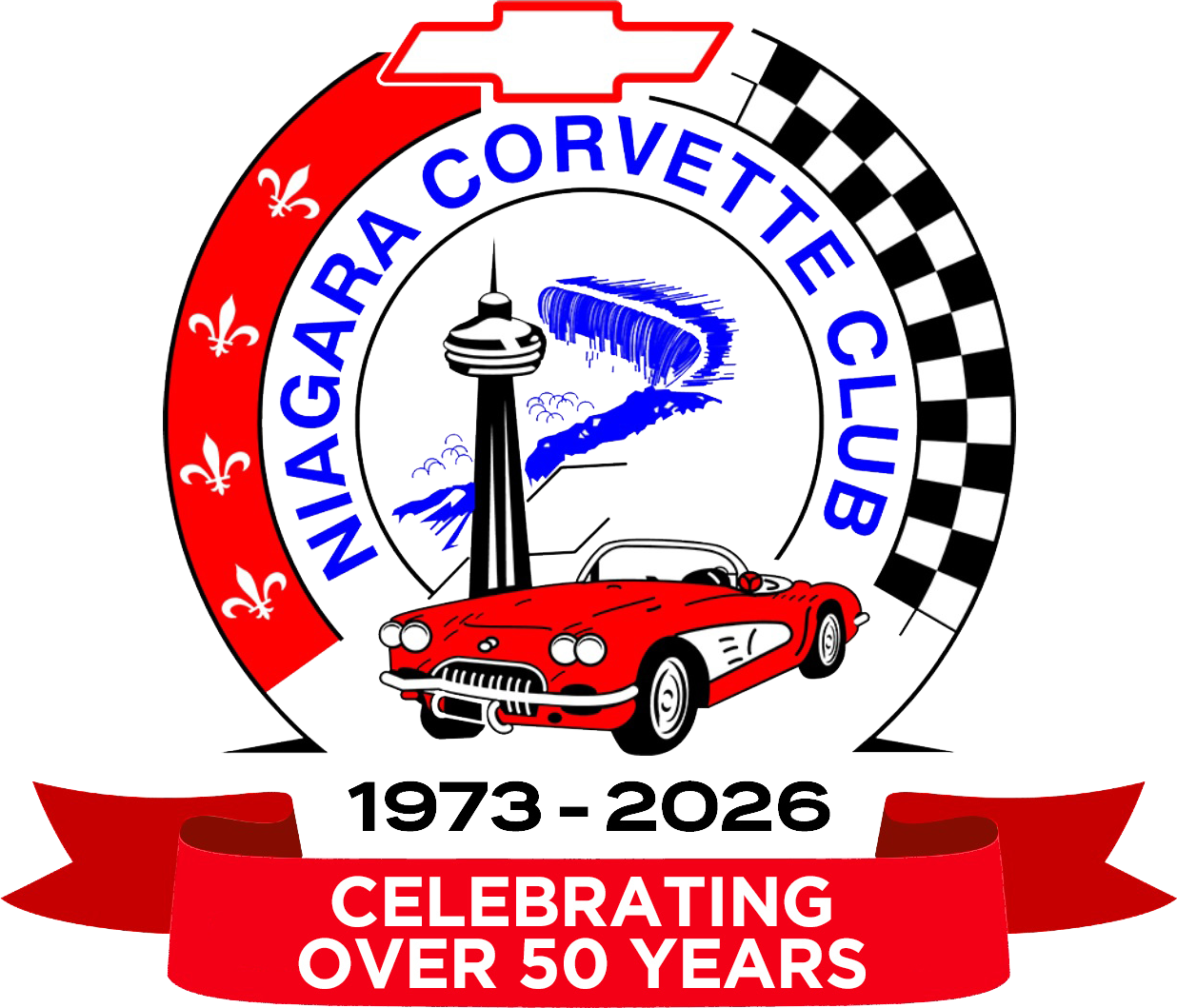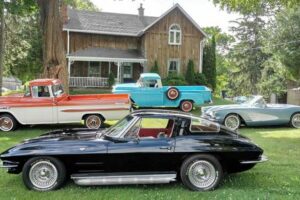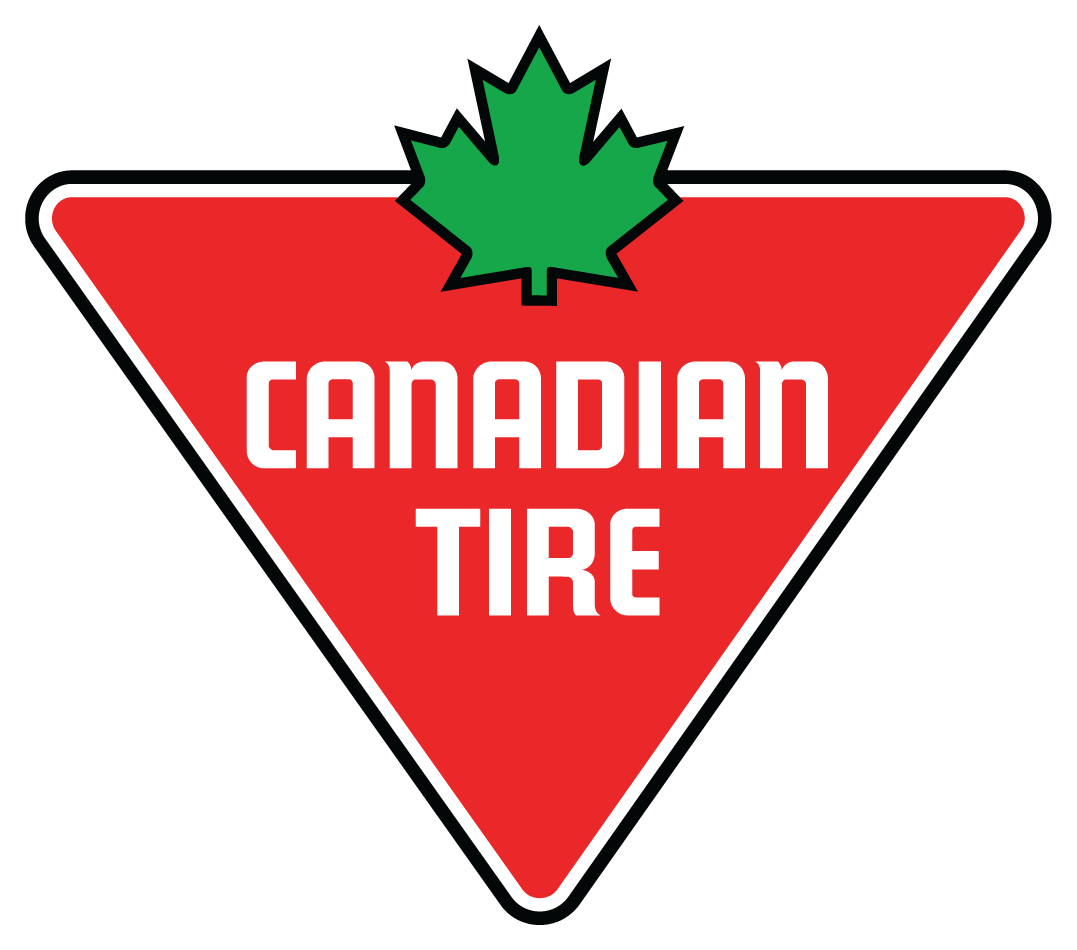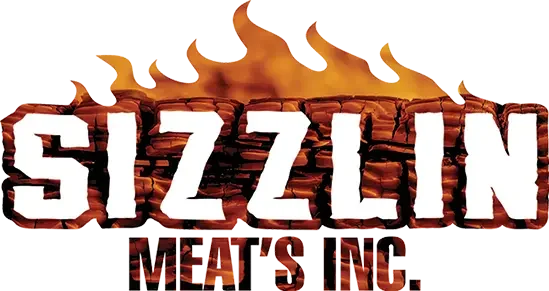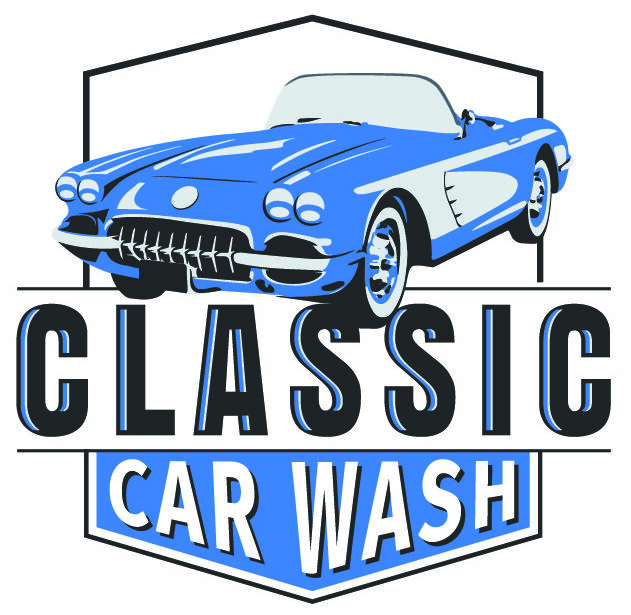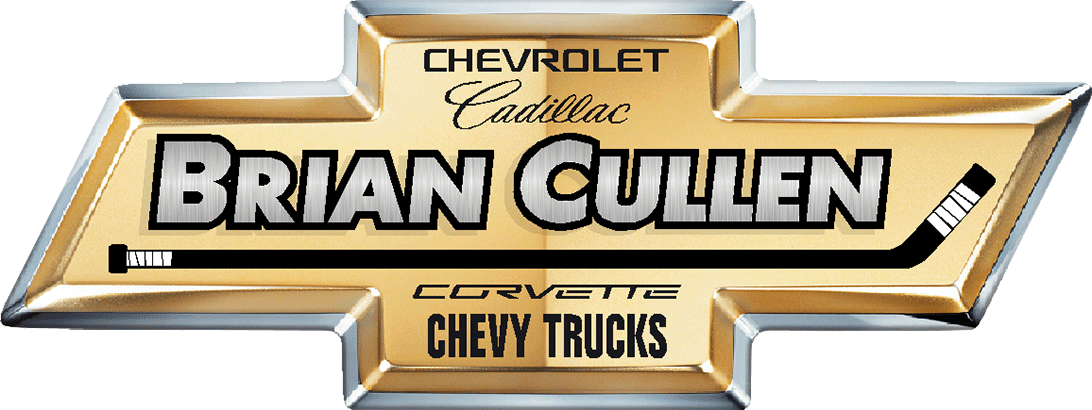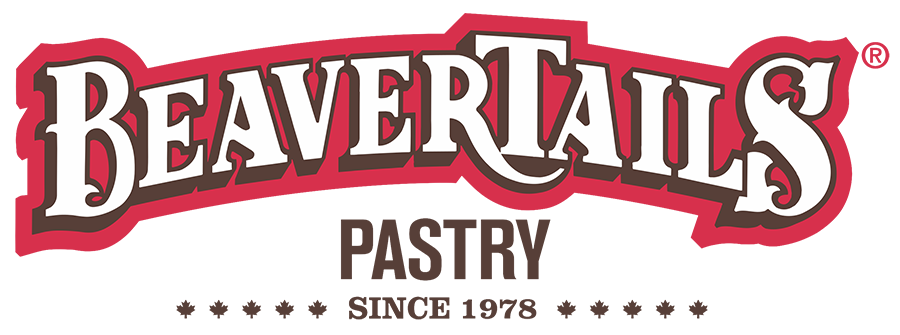This month we will review Joe Salonia’s Restomod 1968 427 ci 390hp (NOM) project. Joe made a presentation at Niagara College on June 28. This article is about the project for members that were not at that presentation.
Restoring a classic car is rarely just about mechanical work—it’s a journey of persistence, problem-solving, and passion. Joe started the project in 2014 and it took 8 years to transform a near-junk 1968 Corvette into a show-worthy masterpiece.
The story begins humbly with a Corvette that was a shadow of its former self and the project looked daunting to any casual observer. During a layover in Ottawa, Joe came across and ad for a 1968 Corvette that was a Canadian car and asked his son-in law’s cousin Brandon, who was an experienced car enthusiast to assess the vehicle.
Brandon not only encouraged the purchase but confirmed that the car featured a 427 big-block (BB) and was a numbers-matching (NOM) vehicle. The car had no wiring, no glass, no interior, damage to the passenger side front grill and a dead engine. After agreeing on a price, an enclosed trailer was brought to bring back the car. After loading the car in the trailer, the owner told Joe what about the boxes. To Joe’s surprise the boxes contained about 80% of what was needed, including glass, interior components, re-chromed bumpers, and rebuilt instruments at no extra cost. Documentation from GM confirmed it was factory-equipped with every luxury option except air conditioning—a rare configuration
Restoration began with help from extended family, including Brandon’s Father. The car had been driven hard so there were spider cracks in the fiberglass body as well as frame stress. The engine bay and frame were cleaned and painted, and the body was repaired prepped with epoxy primer. The mechanical heart of the Corvette was treated to a “zero-time” rebuild, meaning the engine and transmission were fully overhauled to like-new condition. A multi-core aluminum radiator was installed, promising better heat management for the powerful V8.
But interestingly, a larger number beginning with “CE” appearing behind the engine block VIN suggested a proof of hard use and warranty replacement.
Painting the car proved to be a delicate operation. Ernie, a seasoned painter, initially refused due to the difficulty of working with fiberglass. But a consistent delivery of Earl Grey tea to his wife eventually won him over. The car was moved—still without glass, lights, or instruments—to his shop for painting. In a fortunate twist, the search for a front bow of the convertible top frame part led to the purchase of an entire hardtop from a retiring Corvette parts dealer at the cost of the missing part alone.
While the restoration honored the car’s 1968 roots, several modern upgrades were incorporated to improve performance and comfort. Chinese-made replacement parts for lights and switches were swapped for original OEM components, and the dashboard was brought back to period-correct styling, including a replica radio face, a walnut steering wheel and ignition switch.
For sound and heat insulation, a layer of Soundskins was applied throughout the interior.
A FAST (Fuel Air Spark Technology) EZ-EFI 2.0 fuel system was installed, requiring a larger-port throttle body and a new intake manifold. A Pertronix electronic ignition system replaced the traditional points-based ignition, offering improved reliability. A MSD ignition control with a 520 volt capacitor capable of multiple sparks up to 3000 rpm.
The radio was updated to a modern Bluetooth, MP3, equalizer, and cell phone connect. A Vintage Air (a modern air conditioning system designed for C3 Corvettes) was added to improve comfort (even though the original vehicle was not factory-equipped with AC).
Yet even with these improvements, four more years of work lay ahead.
No restoration is complete without its share of setbacks. Among the most frustrating were persistent engine overheating issues. The problem was eventually traced to excessive fuel pressure (above the recommended 32–34 PSI), which caused the FAST ECU to lean out the fuel mixture, generating more heat. Switching to a return fuel line system ultimately resolved the issue.
Other quirks included the need to change the heater control valve, gear housing for speedometer accuracy, and correct faulty rear inboard brake lights due to 1969 wiring instead of 1968..
Encouraged by friend Tom Spence, Joe joined the NCRS (National Corvette Restorers Society) and entered the vehicle into the 2023 regional judging event. Operational tests followed, with continuing refinements to ensure authenticity and function. The work reflects not only a technical achievement but an emotional and personal journey.
Electrical gremlins also haunted the project. In one instance, during NCRS evaluation of the functions of the car, the cigarette lighter was pushed in but could not be removed which caused a dangerous electrical short, which melted insulation and caused smoke to pour from under the dash. The result: hours of work dismantling the instrument cluster and centre console, in order to trace back and replace the damaged wires and melted fusible links (which acts as a makeshift fuse).
 Following the re-assembly, a near-miss occurred when a misaligned center console prevented the shifter from reaching the proper park position. Joe thought that it was good enough. However, the next day when Joe started the car, the shifter immediately jumped into reverse. Fortunately, he was in the driver’s seat and able to brake just in time to avoid crashing into the laundry room.
Following the re-assembly, a near-miss occurred when a misaligned center console prevented the shifter from reaching the proper park position. Joe thought that it was good enough. However, the next day when Joe started the car, the shifter immediately jumped into reverse. Fortunately, he was in the driver’s seat and able to brake just in time to avoid crashing into the laundry room.
The project was also recognized by *Old Autos*, a fitting tribute considering the publication played a role in the car’s rediscovery.
The 1968 Corvette 427 restoration is a masterclass in dedication. From coaxing a reluctant painter with tea to solving electrical crises with careful research, the car’s transformation is a testament to patience, persistence, and the power of community. Family members, mechanics, enthusiasts, and parts dealers all played a role in reviving a piece of automotive history.
What began as a fiberglass shell without a pulse is now a roaring symbol of passion—a true labor of love.
